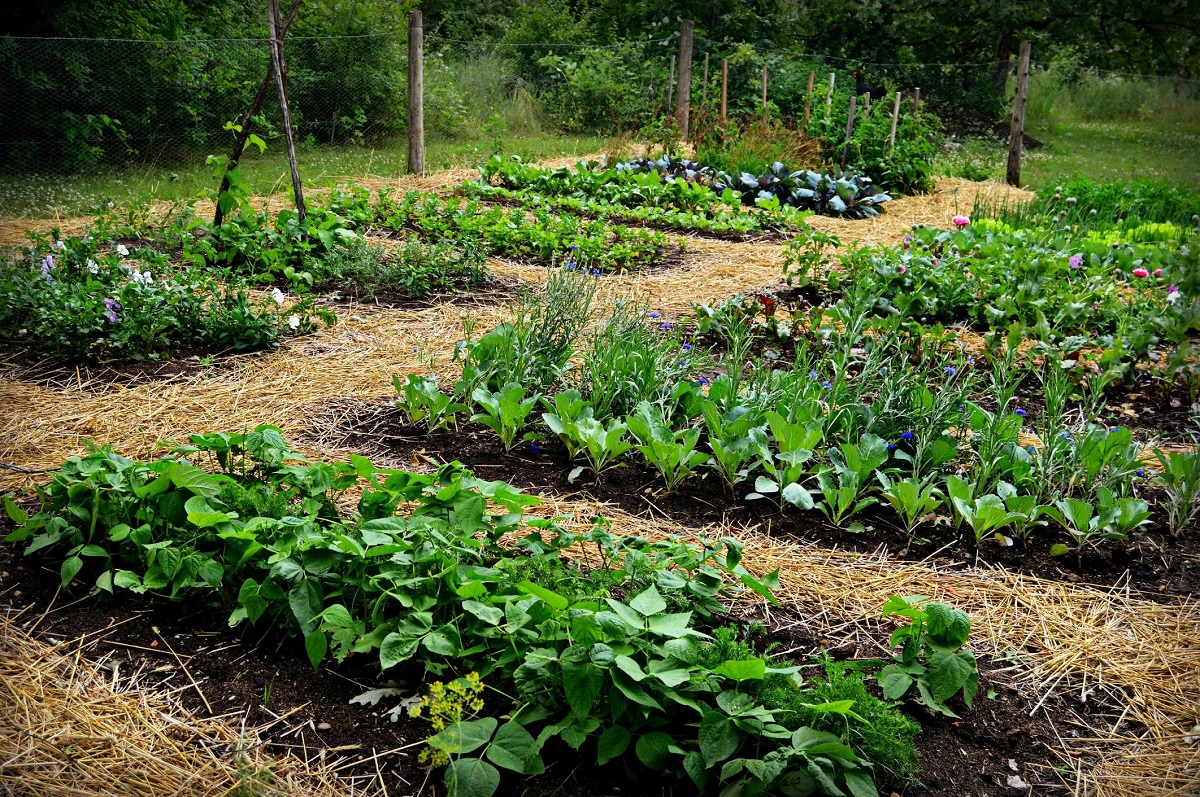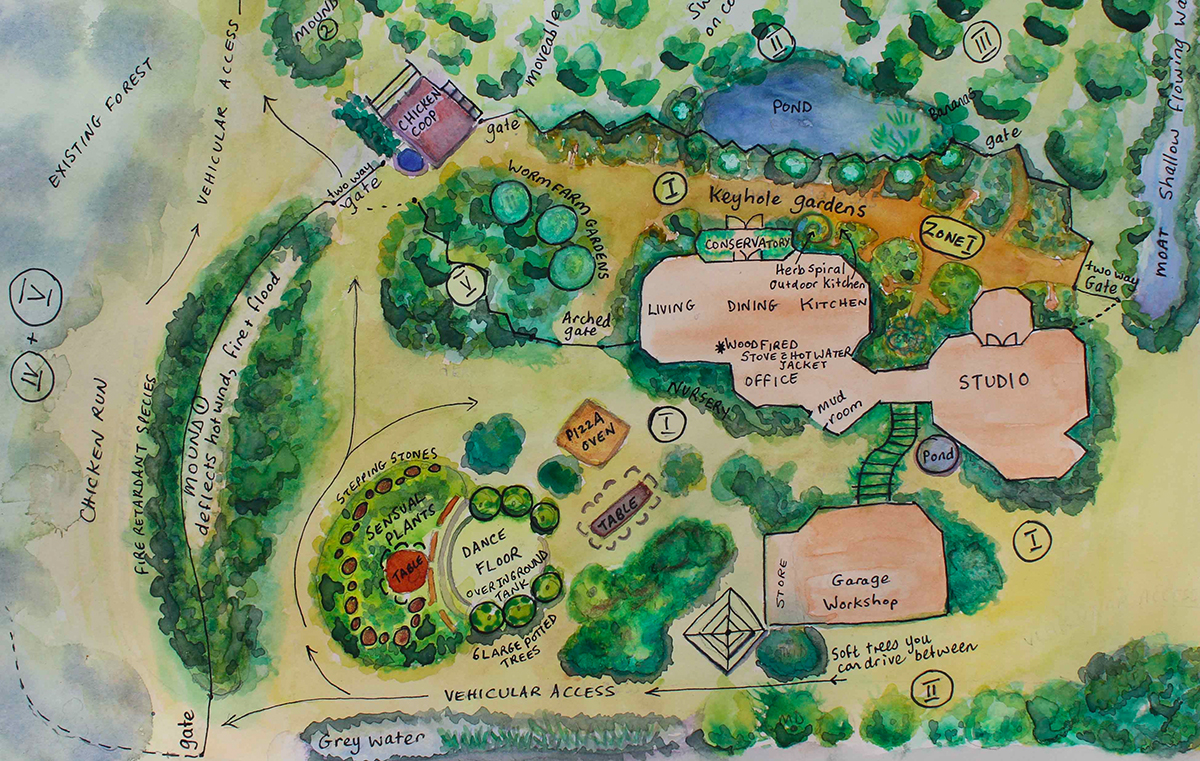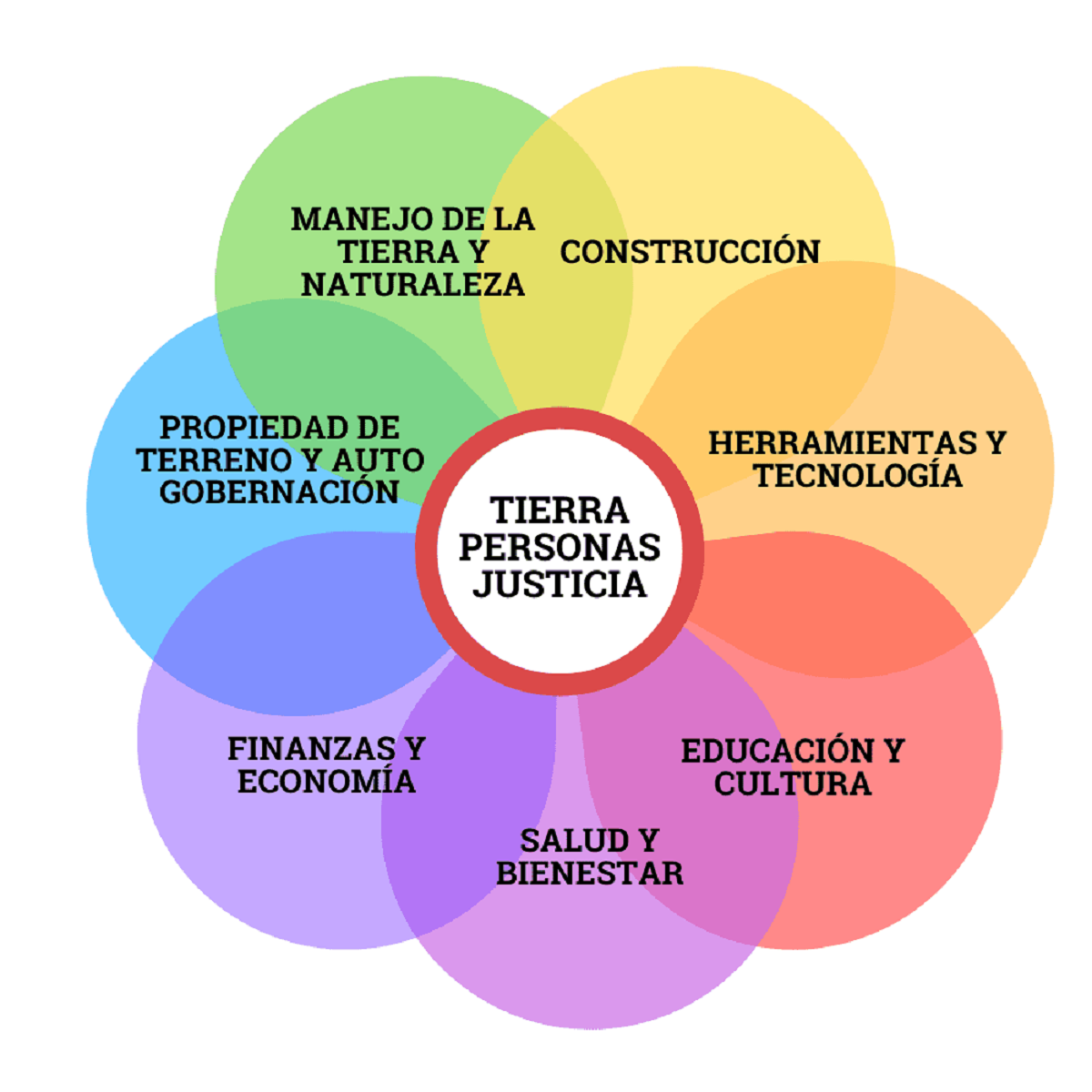
The main objective of sustainable agriculture is to cultivate the land respecting the natural ecosystem and its own survival. Within this broad field of research that has emerged as a response to intensive development and its environmental impact, there are several models to produce alternatively and sustainably: organic farming, biodynamic agriculture, integrated agriculture and permaculture.
In this article we are going to talk about what permaculture is, what are its characteristics, benefits and importance.
What is permaculture

Permaculture is a system based on a strong principle: designing farms in a way that respects natural ecosystems. The term permaculture, which includes the English terms permanent and culture, defines very well this philosophy and its implications in different social aspects. beyond agricultural development itself, such as design, engineering, resource management, etc. It is an evolution of the main and original term: permaculture.
Permaculture is sustainable, efficient and effective because it requires an almost symbiotic relationship between the farmer and the land. As such, you must adhere to a set of principles to run the model successfully, some of which are:
- Observe nature and learn how they behave.
- Harvest renewable energy and store it.
- Produce fruit sustainably.
- Generate less waste.
The benefits of permaculture
Permaculture therefore has important advantages over other territorial development models and is characterized by be sustainable, effective and efficient:
- Alternative to industrial agriculture
- Allows permanent ownership of arable land
- Restoration of degraded soils
- Reduce pollution
- Produce healthy organic food
- Facilitates reforestation, cooperation, self-sufficiency and solidarity among farmers
- It proposes an efficient use of energy and a responsible use of air, water, soil...
Some history

In the late 1920s, Joseph Russell Smith coined the term "permaculture" in a book on tree planting, proposing trying to combine it with other crops. This first step inspired many farmers who began to practice it even in Japan, like Toyohiko Kagawa, who pioneered Japan for the next decade. The publication also sparked new research on its benefits for water supply and distribution management.
But it wasn't until the 1970s that permaculture exploded. He did it in Australia, where Dr. Bill Morrison and David Holmgren developed their idea of an agricultural system to counteract the aggressive methods established after World War II. Since then, his views have been reflected in many manuals, expanding and generating a much-needed debate in the agricultural sector.
Permaculture is an example of how human beings live in perfect harmony with the natural environment, respecting it and collaborating with it in the production of food. This ethical principle of natural efficacy and efficiency is very important.
main fundamentals
The objectives pursued by permaculture can be achieved through the use of technologies that promote optimal use of energy, reducing human dependence on systems that deplete available resources. the key idea It is the collaboration between people, the integration of landscape and environment, beyond the concept of competition.
According to permaculture parameters, the sustainability of a system is measured in terms of whether it produces more energy than it consumes, and maintains a balance in terms of forest creation and destruction, recycling, and nutrient production.
Fundamentally, permaculture is sustainability, a way of living and feeling the nature that surrounds us, restoring the wear and tear produced by nature, and generating resources in a sustainable manner for the realization of humanity and the planet we inhabit for mutual benefit.
According to this concept, permaculture can be practiced anywhere and anytime in cities and towns, from small orchards to large plantations. The key is to take responsibility. Such as balconies, patios, windowsills, but also development action groups, consumer cooperatives, garbage collection, organizations or groups to use vacant land, plant trees and different crops, etc. Creativity and imagination can develop permaculture in almost unlimited ways.
edge effect
Another permaculture concept is the so-called “edge effect”. It is the effect of the juxtaposition of opposite environments within the same system.. It is believed that it is where opposites meet that intense productivity arises. An example is the coast. For this reason, it is common to create spirals in herb gardens or recreate undulating shorelines in ponds, rather than traditional circles or ovals.
Permaculture in the world

Permaculture projects are spread all over the world, and more than 120 countries are developing examples of sustainable development action plans aimed at promoting social commitment and an increasing ecological mindset. Aid for organic products contributes to the development of permaculture.
In an extension of these values, Social networks and forums on the Internet are a tool that offers multiple possibilities, among them the formation of action groups, motivation for action, knowledge of ideas, help, trends, news, etc.
Creativity is free. From recycling, collecting and storing water, collecting water from snowfall, rainwater, recovery of the uses and traditions of traditional agriculture, such as cisterns, etc. The products that can generate positive value for permaculture can come from many elements, from mushrooms that can grow on vacant land, rustic furniture, use of charcoal as thermal energy, improvement of unusual edible plants, use of phytosanitary products, etc.
In the energy sector, wind energy is ideally harnessed, while solar energy can be captured in photovoltaic panels on the roofs of houses or in panel infrastructure in non-cultivable areas. In the production of thermal energy, in addition to charcoal, as we have seen, biomass from trees, olive seeds, wood grinding is increasingly used, etc. It is a natural fuel with a high calorific value, recyclable and respectful with the environment.
I hope that with this information you can learn more about what permaculture is and its characteristics.